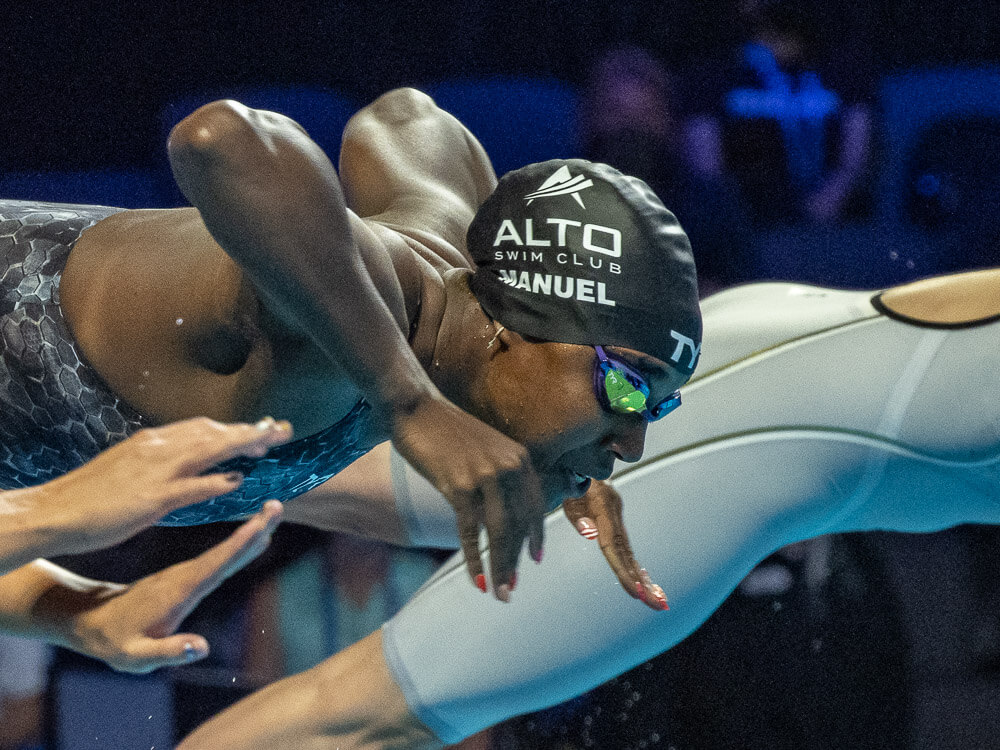Knowing When to Take a Break: Look For These Physical and Mental Signs

Knowing When to Take a Break: Look For These Physical and Mental Signs
Swimmers hardly ever get time off due to the year-round nature of the sport. However, knowing when to take a break is an essential part of the healing and training process. Caeleb Dressel, Simone Manuel, Allison Schmitt and Michael Phelps have all taken breaks for their mental and physical health, thus normalizing the decision. Here is what research says are the signs and recommendations for when to take a break.
Physical Signs
Overtraining syndrome (OTS) occurs after excessive exercise without enough rest for the body’s muscle tissue to rebuild. Our body’s tissue naturally damages after intense training, which can help build muscle after recovery. Without that recovery process, OTS manifests in lethargy, depression, shifts in endocrine functions, and inhibited performance. Simone Manuel has discussed the impact that having OTS had on her performances and mental health at last year’s Olympic Trials.
Mental Signs
Mental stress adds onto the physical stress created by training. Symptoms of burnout include emotional changes, difficulty concentrating, decrease in strength, significant physical changes, and immune system deficiency. Burnout is similar to OTS, except that burnout can happen without overtraining.
In a 2021 survey by The American College of Sports Medicine, approximately 30% of female and 20% of male student-athletes reported having anxiety. Similarly, 35% of elite athletes have suffered from eating disorders, burnout, depression, and anxiety. Some of the sources of the mental stress of being an athlete come from lack of work/life balance, limited privacy, social isolation and more.
Long-Term Solutions
Recommendations for treating OTS syndrome generally include individual regeneration strategies to resolve symptoms in six to twelve weeks. However, the symptoms can return or persist with preemptive training. For adolescents, the American Academy of Pediatrics Council on Sports Medicine and Fitness recommends one day off a week from sporting activities as well as a two to three month break from a particular sport to help injuries heal.
Despite these recommendations, there are not any scientific guidelines for what amount of training is our body’s limit. If you are experiencing any of the symptoms mentioned, especially for long periods of time, think about discussing the possibilities of taking a break with coaches and your doctor. Your mind and body just might thank you for it.
All commentaries are the opinion of the author and do not necessarily reflect the views of Swimming World Magazine nor its staff.




This was soooo helpful!!!
Now I know when to take a break, Thanks ?